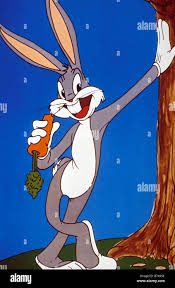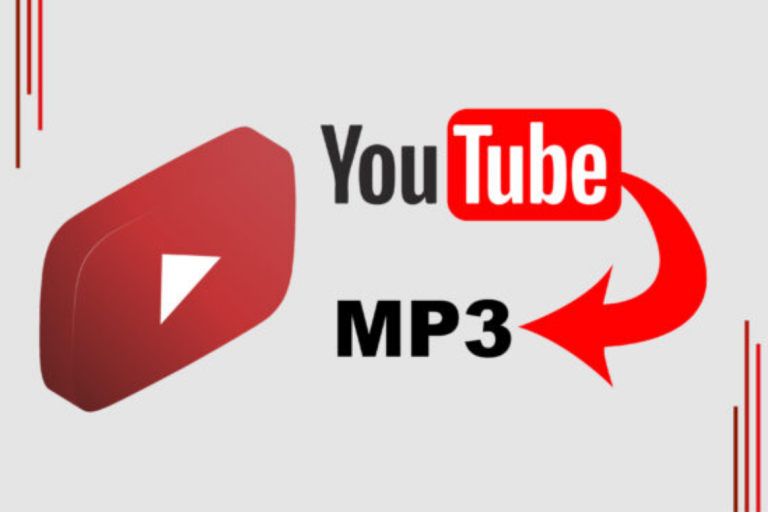The Basics Of Creating a Cartoon with the help of best software
Cartoons are a popular form of entertainment, and for good reason. They’re visually engaging, and they can be used to teach a variety of morals and values. In this blog post, we will explore the basics of cartoon creation, with Blender Animation from creating an outline to developing characters. By following these steps, you’ll be on your way to crafting a high-quality cartoon that will delight your audiences.
What is a Cartoon?
Cartoons are a type of animation used to convey a message. They can be created using traditional animation techniques or computer generated imagery. A cartoon is created by taking an illustration and then adding motion to it. The aim of cartoons is to entertain their audience, and often they are used to promote a particular message.
What are the Components of A Cartoon?
Cartooning is the process of creating a graphic image or series of images with the intent of entertaining and explaining through humor. A cartoonist creates a piece by drawing sketches, then refining them into final artwork. The basic elements that make up a cartoon are:
Characters: These are the people, animals, or objects that are depicted in a cartoon. A cartoonist must come up with unique and funny personalities for their characters, and make sure to give them distinctive appearances.
Backgrounds: Cartoons often use brightly-colored backgrounds to add interest and contrast to the scenes within them. Backgrounds can also be used to provide a sense of place or timeline.
Plot: Cartoons often have an underlying plot that helps explain why the characters are doing what they’re doing. This plot can be developed over time as the cartoon progresses, or it can be introduced from the beginning and left unexplained.
Animation: After the basic elements are in place, cartoons often require extensive animation work to bring the characters and scenes to life. This includes creating realistic movements for the various objects in each frame, as well as working out how each character should look when moving around onscreen.
What is the Purpose of a Cartoon?
The purpose of a cartoon is to entertain and explain through humor. Cartoons often use bright colors and entertaining characters to keep their audience engaged. They can also provide a sense of place or timeline, as well as develop an underlying plot that helps explain what’s happening.
How to Draw a Cartoon
In order to create a cartoon, you’ll first need some supplies. You’ll need some paper and a pencil or pen. You can also use a computer, but it’s not as fun.
First, sketch out your basic idea for the cartoon on your paper. You don’t have to be perfect at this stage – just get an idea of what the cartoon will look like.
Next, begin drawing the characters in your cartoon. Be sure to give them unique characteristics and personalities. Once you’ve drawn all of the characters, it’s time to start coloring them in. Use different colors to create different moods and feelings in your cartoon.
Finally, add extra details such as background scenery or leaves on trees. This is where you can really let your imagination run wild.
If you’re looking to create a cartoon that is a little more professional, there are many software programs that can help you with the process. Some of the most popular programs include Adobe Photoshop and Illustrator.
Tips for Making Your Cartoons Stand Out
Cartoons can be a fun way to entertain and educate your audience. Here are a few tips to help make your cartoons stand out:
- Use unique visual styles. Whether you want to go for a more realistic style or an exaggerated one, there’s no wrong way to go.
- Be creative with your characters and settings. Don’t be afraid to experiment with new designs and ideas.
- Keep your cartoons short and sweet. Cartoons are best when they’re fast-paced and easy to follow, so make sure you keep them under two minutes long.
- Think outside the box when it comes to content. Cartoons can cover a wide range of topics, so don’t be afraid to experiment.
- Keep in mind the overall tone of your cartoon before beginning production. Make sure that the messages you’re sending through your cartoons are positive and constructive, not harmful or violent
Conclusion
Whether you’re a first-time cartoonist or simply want to improve your skills, understanding the basics of cartooning is key. In this article, we’ll take a look at some of the most important aspects of cartooning and cover topics such as composition, pacing, and tone. By the end of this guide, you should be well on your way to creating powerful cartoons with the help of Blender Animation that communicate your message effectively. Thanks for reading.





